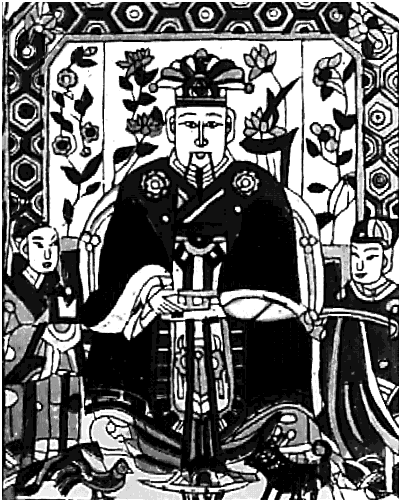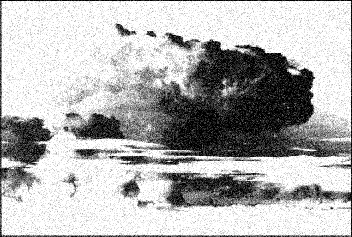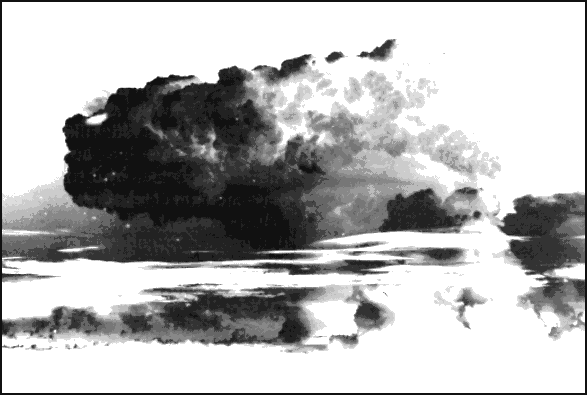Beaches
The Only Guide to the
Best Places to Eat, Stay,
And Play on Every Beach
In the Sunshine State
Parke Puterbaugh and
Alan Bisbort
(Foghorn Press )
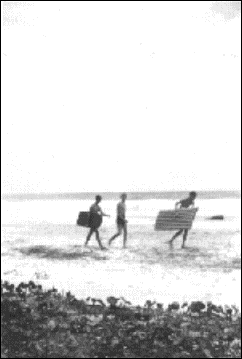
It's immaterial, because he has (or they have) squirreled together in 800 pages everything you could ever possibly want to know about the beaches of Florida, beginning at the northeastern coast, and ending in the panhandle. Twenty-three counties are listed, with prime attractions, places to stay, cuisine, "night moves," and tart observations and ratings for the many sea-side attractions.
Each county's beaches and state parks are listed, with narrative description, some a page or so (Fort George Island), some for fifty pages (The Florida Keys). Charts show monthly rainfall and temperatures, along with fact-filled insets. For instance, Lignumvitae is the highest Key of them all (eighteen feet above sea level) and is named after a small tree (the "tree of life") that has wood so dense that it refuses to float. "Other trees found in Lignumvitae's crazy tangle include gumbo limbo, mastic, strangler fig, poisonwood, and pigeon plum."
The writer's are wonderfully opinionated, making us wonder if they didn't chow down on some poisonwood before starting in writing. This is their description of The Breakers in Palm Beach, which can cost $575 - $900 a night:
Like all posh resorts that are described with such words as "venerable" and "grand," you sometimes feel like a walled-in captive going broke in high style. Beyond the room you'll be sleeping in, the nightly tariff entitles you to nothing else.
And this on the highway out of Miami:
At its southern end Miami dribbles on and on like a particularly bad case of urban diarrhea. If you're headed to the Keys and have decided that U. S. 1 is the straightest line between two points, you will be entrapped for what seems like forever inside a veritable colostomy bag of roadside commerce....[It's] a cow pie of capitalism so shoddy you might briefly flirt with the notion that Castro's brand of dictatorial communism in close-by Cuba couldn't possibly be any worse than that.
They suggest you avoid it by taking the Florida Turnpike.
The authors are not totally in a pucker. They favor places that have been somehow preserved from vulgar commerce, such as Sanibel, which was saved, in part, by someone with the unlikely name of "Ding" Darling" (he was a cartoonist for the New York Herald-Tribune; perhaps his 19th century political mentality gave him a passion for freezing time in far-off resorts). The island has also been preserved from the hoi-polloi by the Sanibel Causeway, which costs $3 a shot. Many of the natives think it should be tripled.
Too, Puterbaugh and Bisbort are in love with restaurants that never change --- like Joe's Stone Crab on Miami Beach's barrier island --- and offer articulate frets about places that may one day lose their beauty. Prime example is Bay County's beach, much of which is owned by St. Joe Paper who ---when I was a kid --- ran the stinkiest pulp mill in Jacksonville. Phew! They've joined forces with Arvida developers, and
With investors and developers hungrily eyeing this last frontier like birds of prey circling road kill, you can just imagine what's in the cards....the Forgotten Coast is about to be remembered all too well.
with a 1948 style surfboard.
You don't want to know, and I don't want to remember,
how wild and beautiful and fresh the sea, and the beach,
and me, back then, so long ago.
The Ancestors
Chinese Commemorative Portraits
Jan Stewart,
Evelyn S. Rawski, Editors
(Smithsonian/Stanford University Press)
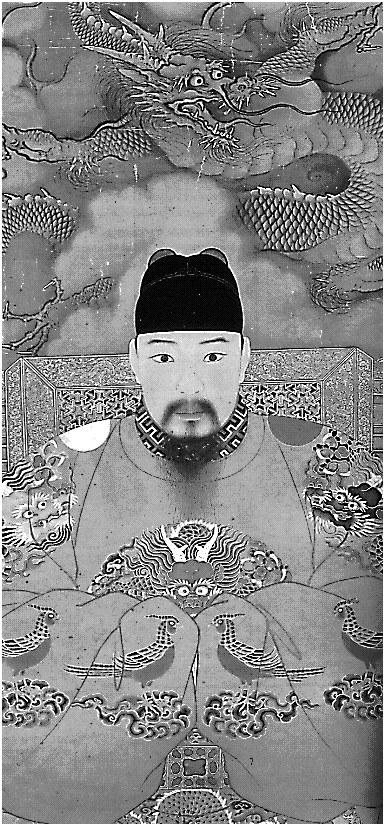
They picture a dour bunch, but if you had to live during these dynasty --- a time of the usual national upheaval, wars, and bad spirits --- you'd be dour too. Shih-shan Henry Tsai in his recent and very lively book on Emperor Yongle (University of Washington Press) tells us what it was like to live in the Beijing area during the Ming dynasty. The book is titled Perpetual Happiness, but it was more like perpetual misery under the heavy ministrations of the emperor Yongle, who waged incessant war with the roving bands to the north.
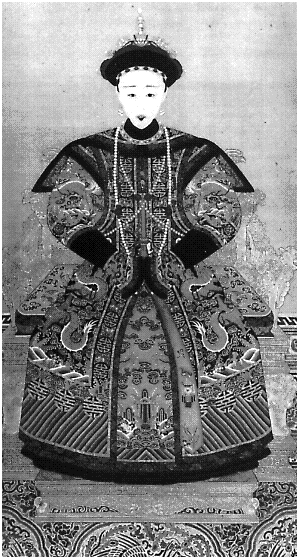 Young men who wanted to work for the government usually ended up as eunuchs, being the only ones that the emperor would trust as officials. If you were a woman, you could be one of his twenty concubines. If you were one of his ministers, and if you displeased him --- for instance, telling him the truth about the upcoming rice crop in Dongdu, or hoards spilling over from Mongolia; or if you were one of his doctors and he wasn't cured --- he would immediately ship you off to the Chinese equivalent of the Beijing Graybar Hotel.
Young men who wanted to work for the government usually ended up as eunuchs, being the only ones that the emperor would trust as officials. If you were a woman, you could be one of his twenty concubines. If you were one of his ministers, and if you displeased him --- for instance, telling him the truth about the upcoming rice crop in Dongdu, or hoards spilling over from Mongolia; or if you were one of his doctors and he wasn't cured --- he would immediately ship you off to the Chinese equivalent of the Beijing Graybar Hotel.
Worshiping the Ancestors contains almost a hundred portraits, in excellent color, and although they may be dour, the decorative aspects are exquisite. For instance, the Portrait of the Ming Hongzhi Emperor [Fig. 1 above] is alive with snakes and rather appealing dragons: note especially the neurotic, wild-eyed beast floating above his head, and the other one peeping up over his sleeves.
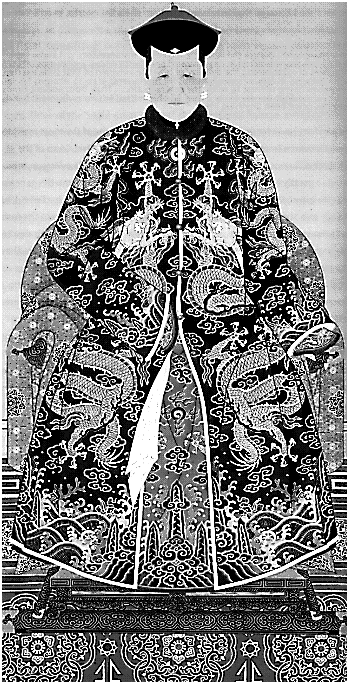 Fig. 3 shows Mother Wuzu, Duchess of the First Rank. She's got quite a few dragons of her own. However, it's not all doursville there in Worshiping the Ancestors. There's an Auspicious Emblem woodblock [Fig. 4, below] which is filled with smiling dogs and birds and flowers.
Fig. 3 shows Mother Wuzu, Duchess of the First Rank. She's got quite a few dragons of her own. However, it's not all doursville there in Worshiping the Ancestors. There's an Auspicious Emblem woodblock [Fig. 4, below] which is filled with smiling dogs and birds and flowers.
Worshiping the Ancestors is divided into seven parts, including "The Identity of the Sitters," "Visual Conventions," "Portraiture and Ancestor Rituals," and "Innovation within Tradition." Earliest Chinese portraits hark back to the "Warring States" (475 - 221 BCE). All are considered forms of ancestor worship --- but as the authors suggest, that term is hard to define. "Death does not sever the relationship between the living and the dead," they tell us. The corpse "can be formed into a beneficent force through appropriate rituals."
Even after burial of the corpse, some elements of the deceased person's spirit linger and must be nurtured by his descendants. Ancestors properly cared for become sources of wealth, good luck, and many suns for their descendants.
Neglect of ancestors can turn spirits into malevolent beings, and, in the form of ghosts, wreaking misfortune "not only on the family but on the community." Family portraits thus served as links to family lineage, as well as good-luck talismans --- although for much of the year, they were hidden behind curtains, only to be unveiled on special occasions.
Many of these portraits are from many centuries back, but the authors show examples of similar paintings that have appeared within the last half-century, including one of four families, dated 1943. The parties are garbed in formal attire from the Qing Dynasty --- brides in red, husbands in blue --- no dogs nor dragons, though.
